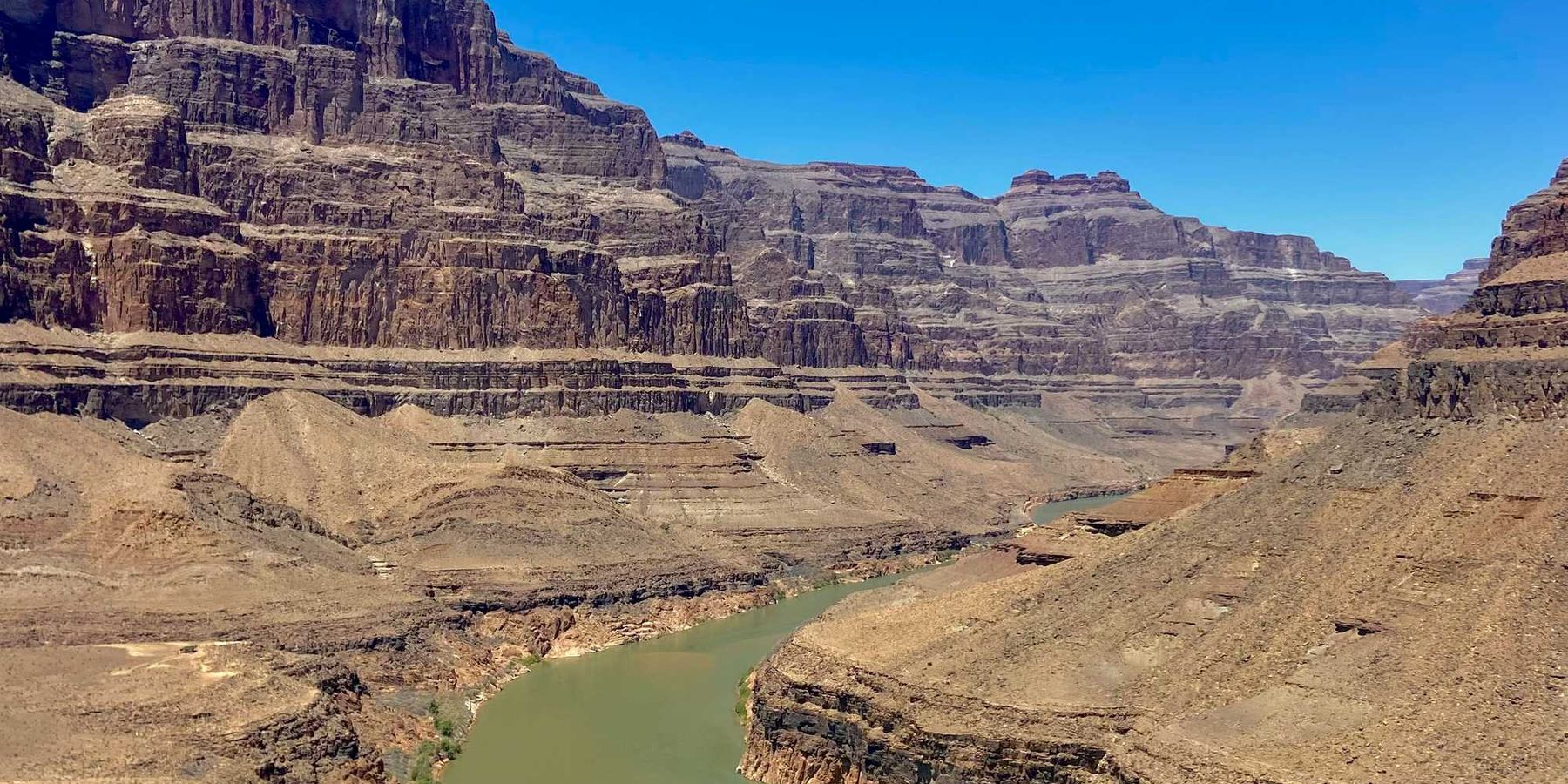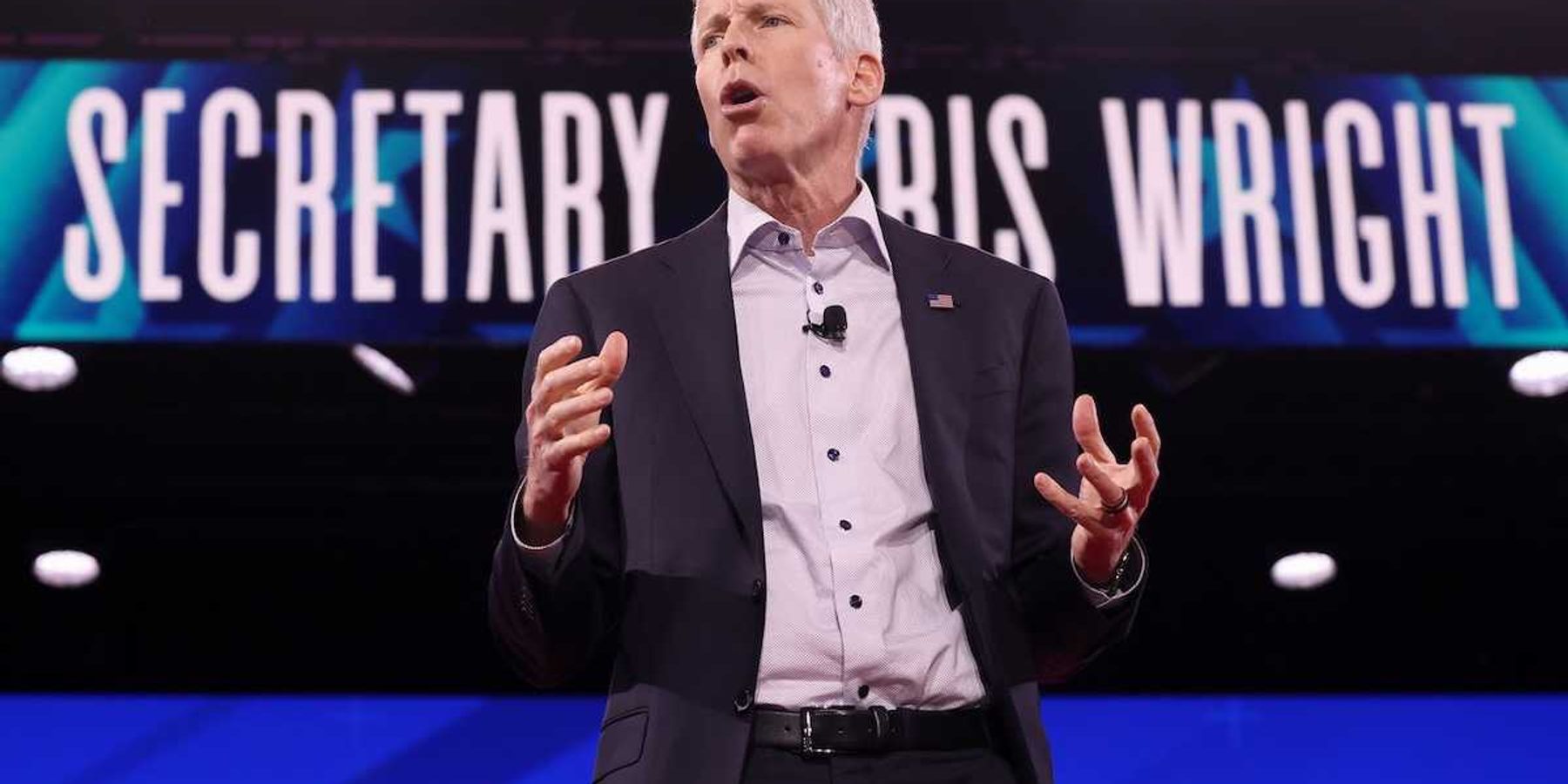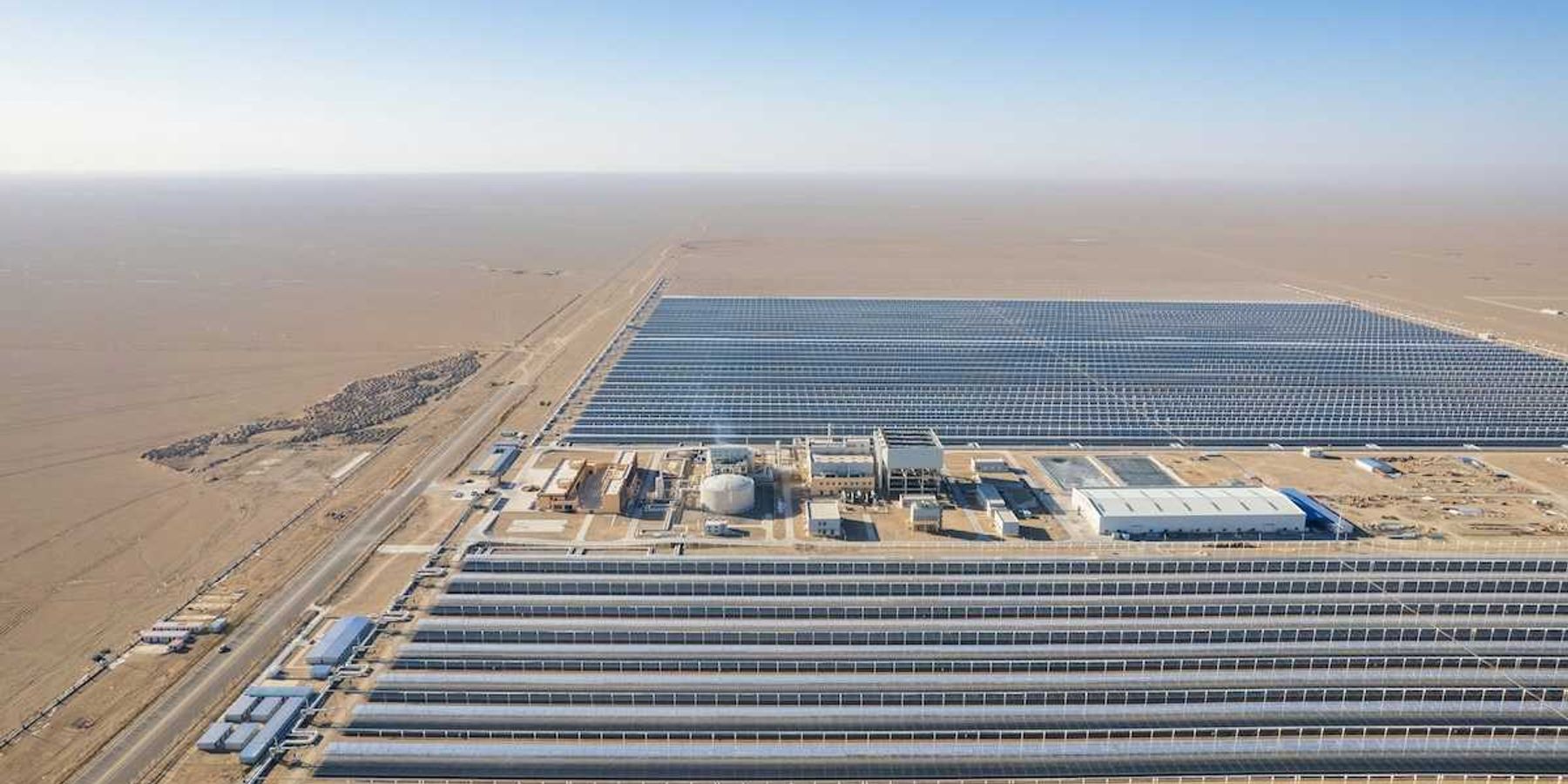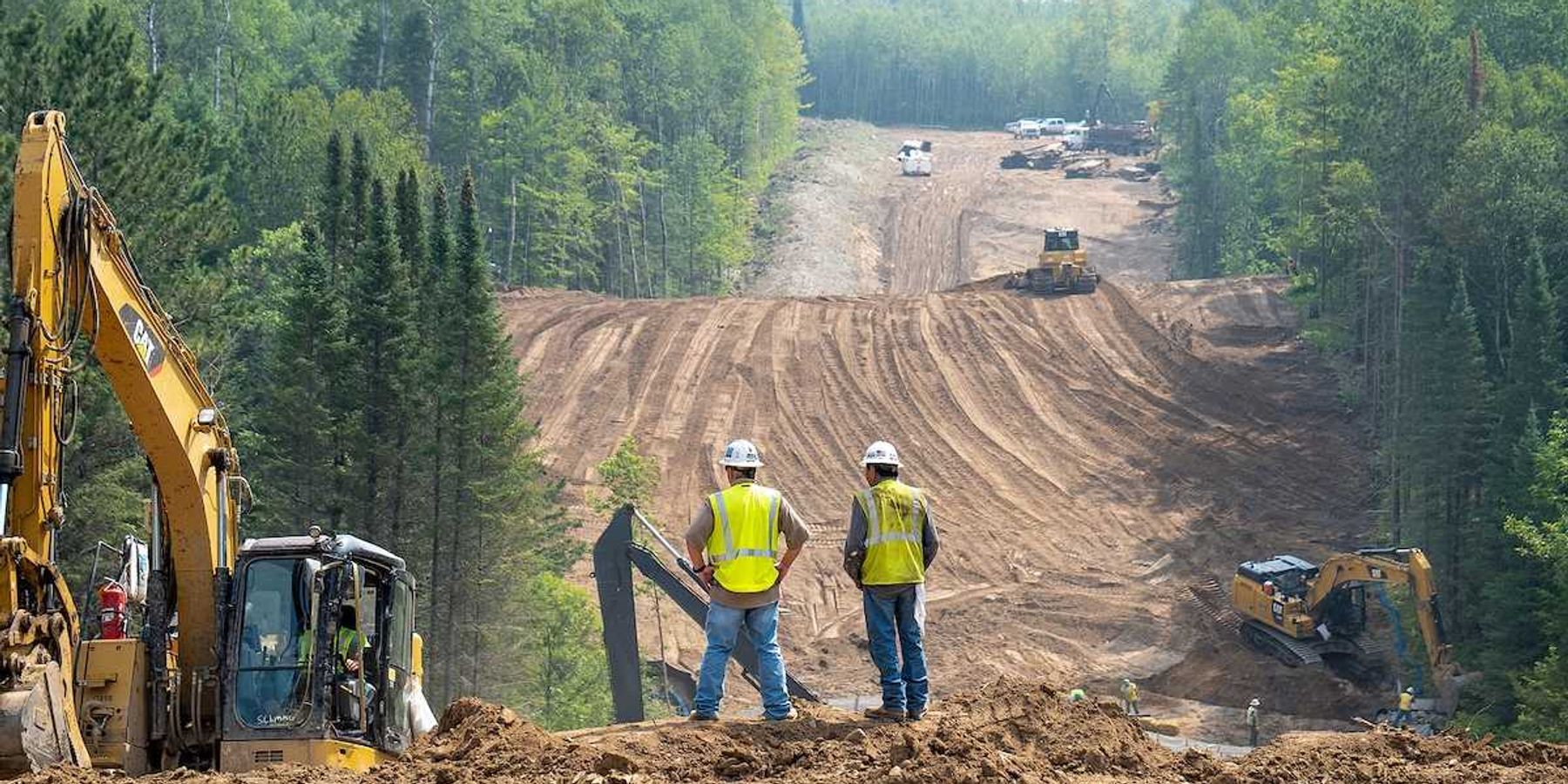America’s ports made progress on pollution, but will it last?
Efforts to clean up pollution at America’s ports, which gained momentum under Biden’s climate policies, now face uncertainty as the Trump administration moves to roll back environmental regulations.
Alexa St. John and Etienne Laurent report for the Associated Press.
In short:
- The Biden administration allocated $3 billion to reduce emissions at U.S. ports, funding cleaner equipment, infrastructure, and community engagement. Ports have already spent hundreds of millions on electrification, but many projects are still awaiting funding.
- America’s 300 shipping ports are major sources of air pollution, disproportionately affecting nearby communities, often Black, Latino, and low-income. Despite efforts to cut emissions, pollution remains a significant public health threat, contributing to asthma, heart disease, and shortened life spans.
- The Trump administration has frozen federal clean energy funding and is rolling back environmental regulations, leaving port authorities and frontline communities concerned about the future of air quality initiatives.
Key quote:
“In the current Trump administration, the clear intent seems to be to move away from electrification. And that will mean for the millions of people that live around the ports and downwind of the ports, poor air quality, more health effects.”
— Ed Avol, University of Southern California professor emeritus in clinical medicine
Why this matters:
With federal climate funding in limbo, millions of Americans face a future with dirtier air and worsening health outcomes. For port authorities and residents already waiting on long-promised air quality improvements, the uncertainty is unsettling. Diesel pollution is still an everyday reality, contributing to asthma, heart disease, and cancer.
Read more: What’s happening to EPA-funded community projects under Trump?













